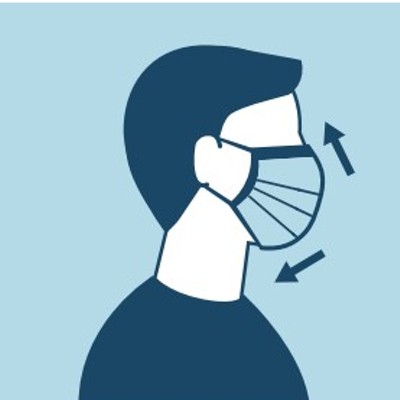When she was required to kill animals for research in the surgery department of the University of Arizona, the pre-med student struggled with the conflict between the traditional Navajo beliefs that gave her strength, and the practices of the Western medical approach that she wanted to be able to offer her people.
Young ran each morning and prayed to the east. As she spent time in prayer and contemplation, she came to feel that the deaths of these animals served a purpose of sustaining life, even if it was not to meet people's immediate need for food. So she now prays for protection for herself, and prays for the animals who give their lives.
She is once again in the state of hózhó, the beauty, harmony or balance that is central to Navajo spirituality.
Young takes her cues from Dr. Lori Ariviso Alvord, the first Navajo woman surgeon, whose book, The Scalpel and the Silver Bear, has become a type of Bible to Young. She refers to it often and has favorite passages highlighted.
"If she can do it, I can do it," said Young.
Alvord spoke recently to a gathering of health care professionals and students at the Arizona Cancer Center. Her noontime talk on Feb. 25 focused on Navajo ceremony as a wellness model.
Alvord's visit was sponsored by the Stoklos Native American Health Education Fund, the University of Arizona Department of Surgery and the Indians Into Medicine (INMED) program of the UA College of Public Health.
Now in its second year, INMED is funded by a grant from the Indian Health Service, and its purpose "is to increase the number of American Indian students who enter the health professions." Given the shortages and underfunding of the Indian Health Service and the significant health disparities in Indian communities, it's critical for young Indian students to become health professionals and go back and work in their communities.
"I think that's going to be one of the key solutions to helping improve health care in Indian communities," said Dr. Yvette Roubideaux, INMED program director, and an assistant professor at the UA.
When they wrote the grant for the program, no one knew how many students might be interested in the health professions. Some estimated it at 20-25, but their listserv has over 90 students, said Roubideaux.
The program brings in Native American health care professionals who serve as role models and pairs students with mentors and organizes talking circles where students support each other, said Aleena Hernandez, program coordinator.
Such support can help students move through the extreme culture shock that they experience when going from their native cultures--which are often focused on the group and harmony--to the very individual focus of the medical world, as well as to deal with direct conflicts between cultures.
As senior pre-med student Jerry Antone applies to medical schools, he thinks about how he'll work with cadaver dissection, because touching the dead is taboo in Navajo culture. He has thought about the possibility of asking to observe dissection or to learn from computer models.
"I'd rather take the whole training, take each obstacle as it comes, not try to take different routes. It's for the good of the whole Navajo community for me to do that," said Antone.
Antone has participated in a number of INMED programs. Karen Francis-Begay, director of Native American Student Affairs, notes that it is too soon to evaluate the impact of the program, although students seem to be involved, happy and getting the support they need.
While most of INMED's work is with current UA students, the start-up grant also included outreach to students from kindergarten through high school on reservations, said Travis Lane, outreach coordinator. This work is in the foundation stage of assessing the resources people have, which range from next to nothing for the Fort McDowell Yavapai Nation, to a White Mountain Apache's certified course which teaches about the health professions and helps students connect with the local hospital, said Lane.
Outreach occurs on many levels. After Alvord's talk, Alberta Ariviso asked how her son, who has been admitted to the UA, could participate in INMED. Ariviso shares the same Navajo family name as Alvord, which means they are descended from a common ancestor.
Family is extremely important in Navajo culture and it is hard for students from northern Arizona to move so far away from home. But it looks like Ariviso just may have found a second family for her son.












